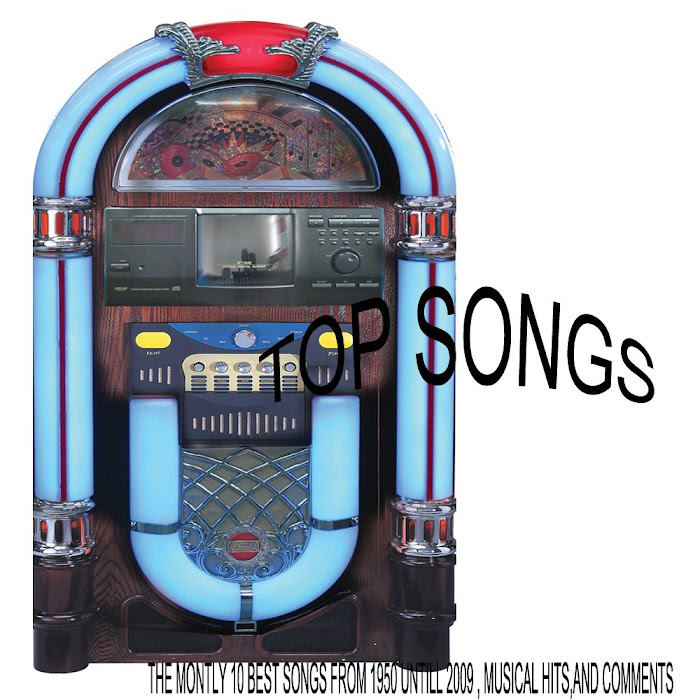On the morning of Sunday, August 17, New York Governor Nelson Rockefeller called festival organizer John Roberts and told him he was thinking of ordering 10,000 New York State National Guard troops to the festival. Roberts was successful in persuading Rockefeller not to do this. Sullivan County declared a state of emergency.[11]
"We were ready to rock out and we waited and waited and finally it was our turn... ...there were a half million people asleep. These people were out. It was sort of like a painting of a Dante scene, just bodies from hell, all intertwined and asleep, covered with mud.
And this is the moment I will never forget as long as I live: a quarter mile away in the darkness, on the other edge of this bowl, there was some guy flicking his Bic, and in the night I hear, "Don't worry about it John. We're with you." I played the rest of the show for that guy."
— John Fogerty[5] regarding Creedence Clearwater Revival's 3 a.m. start time at Woodstock.
Although the festival was remarkably peaceful given the number of people and the conditions involved, there were two recorded fatalities: one from what was believed to be a heroin overdose and another caused in an accident when a tractor ran over an attendee sleeping in a nearby hayfield. There also were two births recorded at the event (one in a car caught in traffic and another in a hospital after an airlift by helicopter) and four miscarriages.[17] Oral testimony in the film supports the overdose and run-over deaths and at least one birth, along with many logistical headaches.
Yet, in tune with the idealistic hopes of the 1960s, Woodstock satisfied most attendees. There was a sense of social harmony, the quality of music, and the overwhelming mass of people, many sporting bohemian dress, behavior, and attitudes.[18]
After the concert, Max Yasgur, who owned the site of the event, saw it as a victory of peace and love. He spoke of how nearly half a million people filled with possibilities of disaster, riot, looting, and catastrophe spent the three days with music and peace on their minds. He states that "if we join them, we can turn those adversities that are the problems of America today into a hope for a brighter and more peaceful future..."[4]





No hay comentarios:
Publicar un comentario